Trekking through the crisp morning air to the tree stand on the first day of the fall hunting season is one of my favorite experiences. Hunters have been using tree stands for decades, but it remains one of the leading causes of hunting injuries. Michigan physician and hunting enthusiast Dr. Alan Lazzara states that “a hunter is two-to-three times more likely to be injured by a fall from a tree stand than from a firearm.” How do you up your tree stand safety game so you can avoid injuries.
Follow these five rules, and you can be sure every stand hunt will be a safe one. I’ll walk through each in-depth here.
1. Wear a Full Body Harness
A good-fitting full-body harness is the first step to preventing injuries from hunting a stand. Body belts were commonly used for decades, but after they were linked to a high number of fatalities from asphyxiation, spinal injuries, and secondary falls, OSHA banned them from use in the construction industry.
When choosing a full-body harness, there are a few factors to consider. The first is the weight capacity. Most harnesses are rated for at least three hundred pounds, but you need to consider your weight in addition to your clothes, boots, rifle or bow, and any extra gear you might have on you while climbing. A good way to reduce weight and improve tree stand safety is using a haul line, which we’ll discuss later.
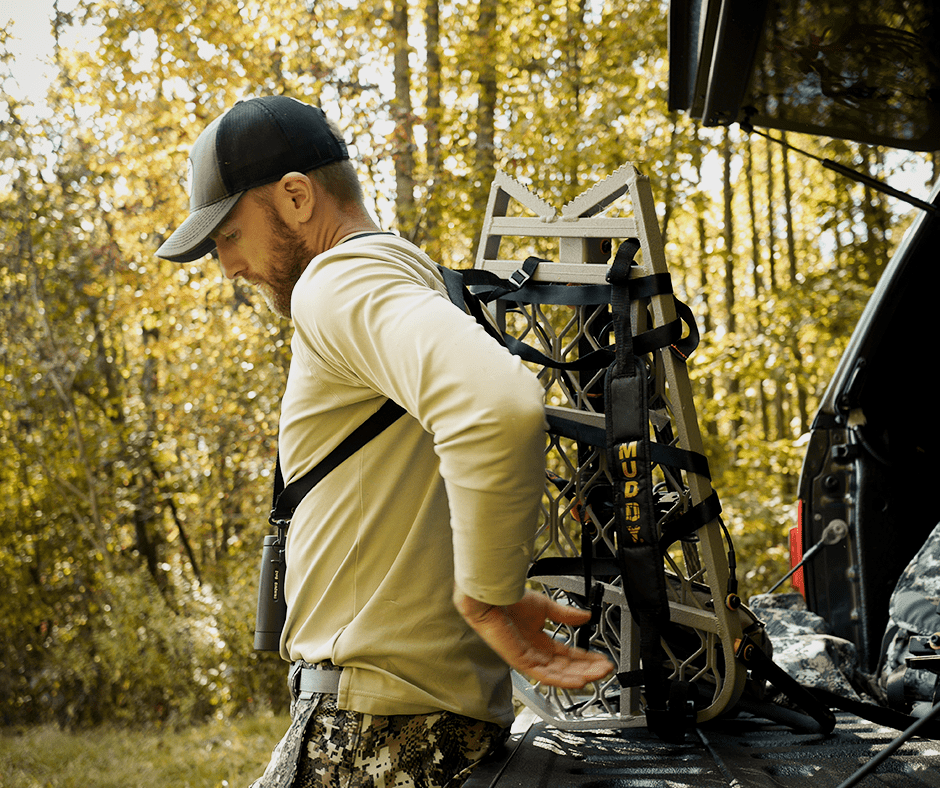
2. Use a Safety Line
A safety line, lineman’s belt, tree tether, or combination is the essential link between your harness and the tree or stand. They all appear similar at first glance, but knowing their differences and when to use each is important.
Safety Lines
A safety line is a rope that is fixed at a certain height on the tree you’re hunting and hangs down to the ground. Attached to the main safety line will be a prusik knot or ascender and a shorter tether that you attach to your climbing harness. While moving up and down the tree, you slide the prusik knot or ascender up and down the safety line. Climbing this way means that if you slip, you will only fall a few feet at most, avoiding any severe injuries.
Prusik knots come standard with tree stand safety lines. They are perfectly safe but often require both hands to move up and down the rope. Ascenders are a piece of equipment that have made their way over from the rock climbing community. They perform the same function as a prusik knot but use a toothed cam and can be operated with one hand. You usually have to pay a little extra for an ascender, but it’s one of the first optional purchases many tree stand hunters make.
Lineman’s belt
A lineman’s belt is used specifically while you’re going up the tree. It clips into your harness on one side, wraps around the tree, and hooks into your harness on the other side. A lineman’s belt allows you to have your hands free while going up the tree. You would only use a lineman’s belt while climbing sticks or screw-in steps, not with an attached ladder.
In the case of a fall, it will keep you close to the tree and slow you down but does not typically prevent a fall altogether. A quick search on YouTube, and you can find videos of people falling down poles while using lineman’s belts. A standard method to increase the friction in case of a fall is to put an X in the line by clipping the ends of the belt to opposite sides of your harness.
3. Proper Climbing Method
The golden rule for climbing is to always maintain three points of contact. This means at any point in time, only one hand or foot should be moving up or down the ladder. It sounds simple, but it makes a big difference in instances like one foot slipping on an icy step. In this case, you would still have both hands holding on.
With the climbing equipment you’re using, you should also always be “tied in” to the tree in some way. If you are transitioning from your ladder to the tree, make sure you are locked into your tree tether before releasing from your lineman’s belt.
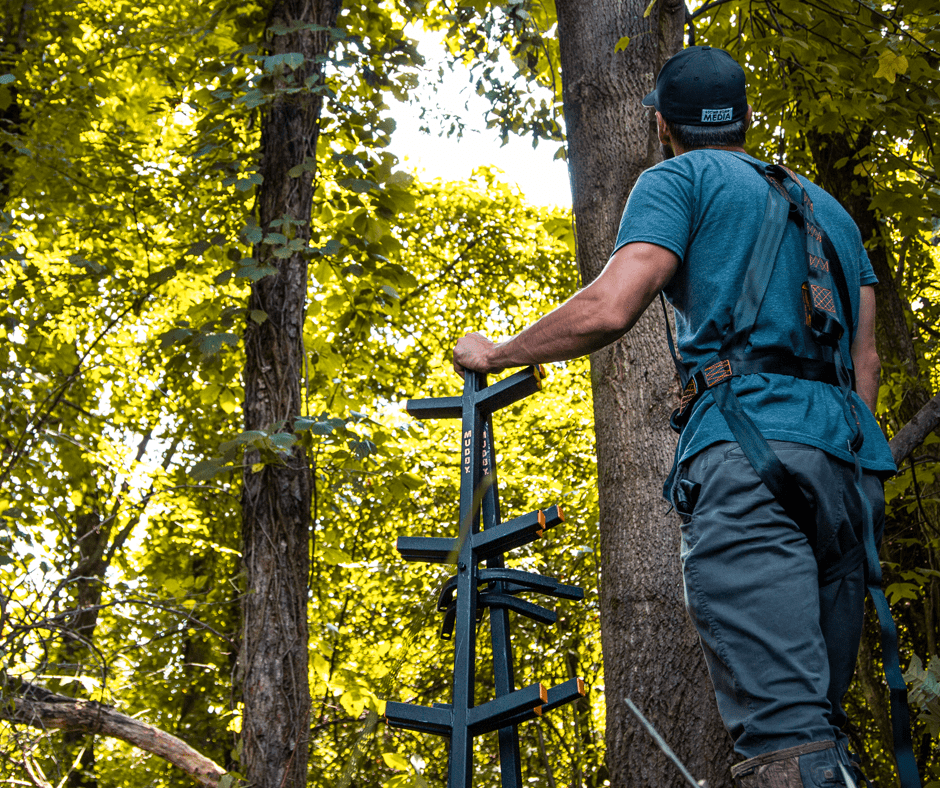
4 | Use a Haul Line
A hauling line is a simple way to make getting into the stand easier and safer. If you’ve always climbed with your gear on your back, you should definitely give it a try. There are dedicated ropes and haul lines, but any 550+ paracord or rope rated for 200+ lbs will work fine. Just use carabiners or tie into your gear on one end and attach the other end to your harness to increase your tree stand safety. You can muscle up your equipment or use a pulley system to retrieve your gear when you get into the stand.
5 | Review Treestand Safety
Every time I get a new toy or kit, I want to throw away all the little paperwork and pamphlets and get straight to testing it out. When it comes to life-saving equipment, however, taking the time to read and follow the manufacturer’s instructions can keep you out of the hospital.
Just as you would check your vehicle’s oil before a long trip, doing a thorough inspection of your gear before each and every use is vital. Knowing how to spot dangerous frays and tears in your ropes and harnesses can save your life. When in doubt, replace the piece of kit or at least have it inspected by a licensed specialist.
Conclusion
According to Whitetails Unlimited, about one in three hunters will have a fall from a stand at some point in their life. This is a terrible statistic because falling accidents can be prevented so easily. Get the proper gear, read up on the instructions, and take the time to do things right every hunt, and you’ll always have memorable seasons for the right reasons.

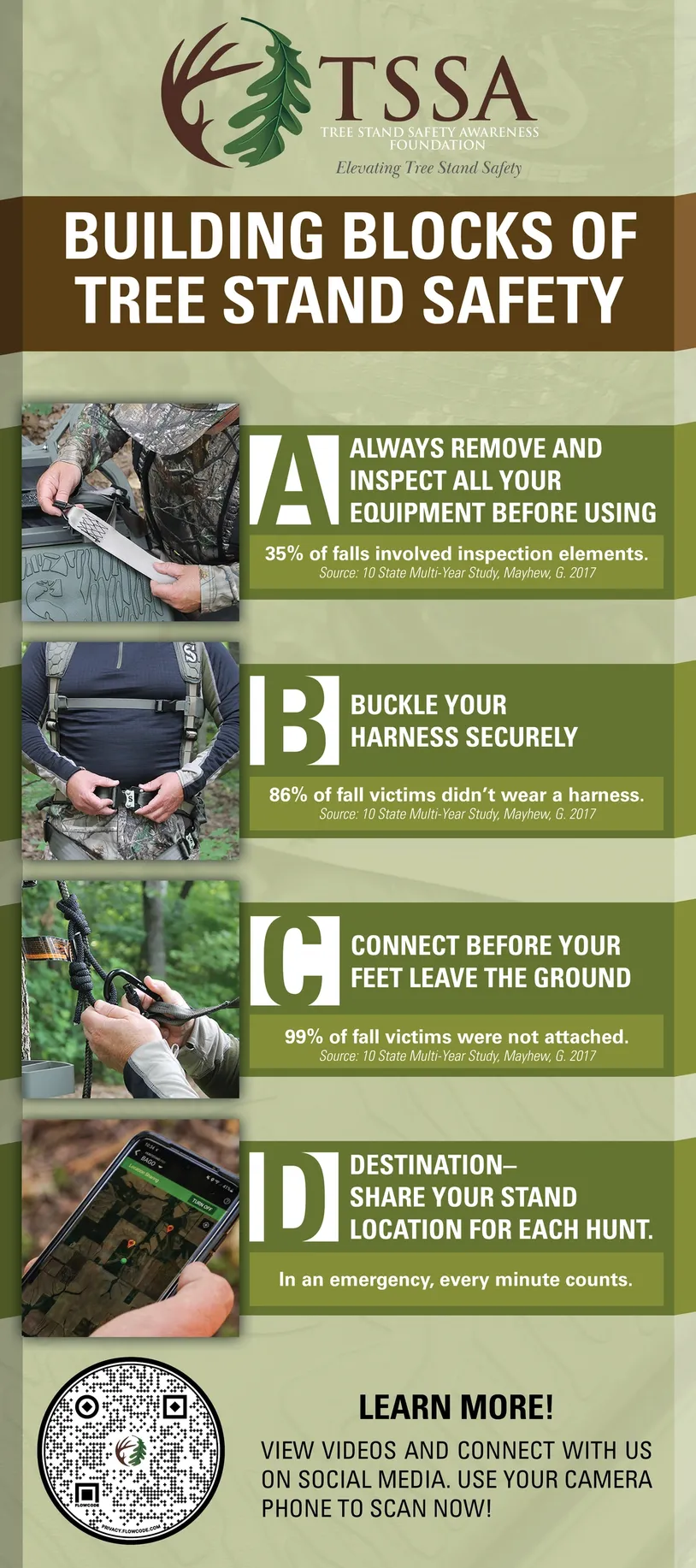
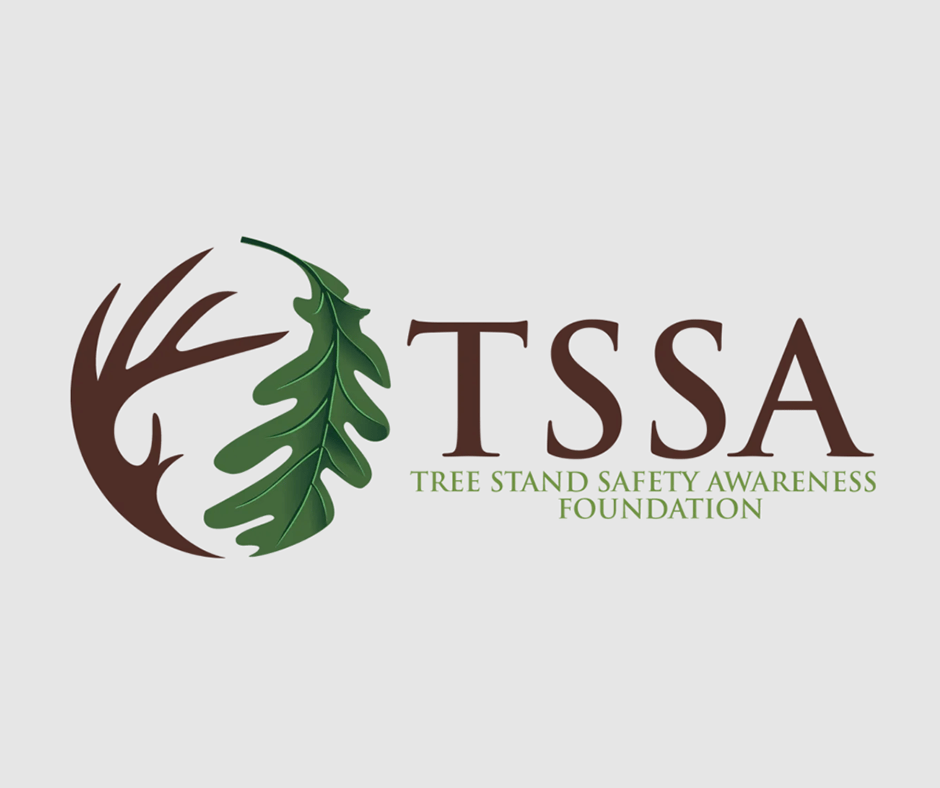
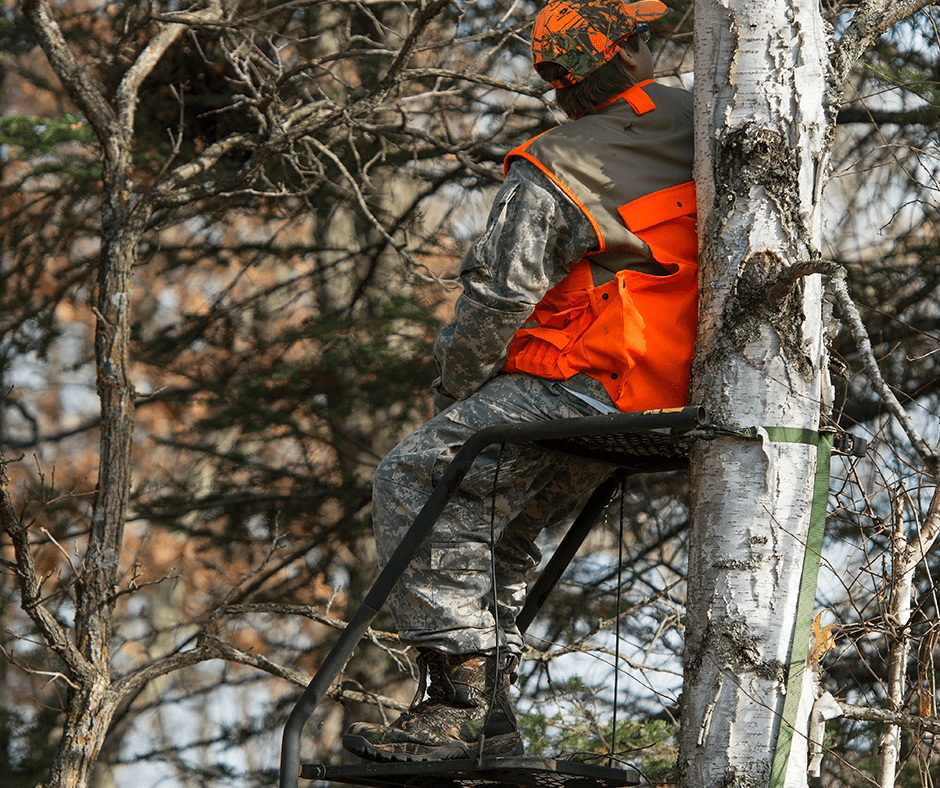
Leave A Comment